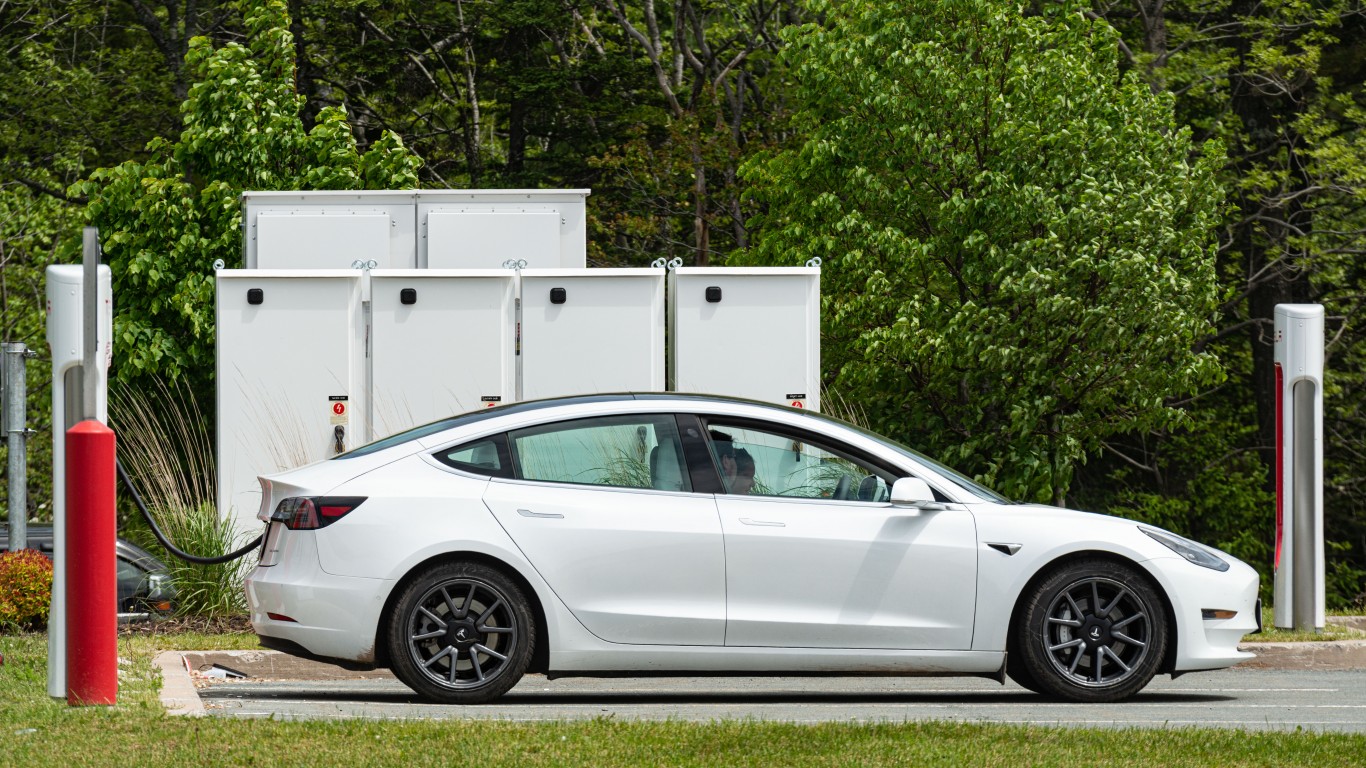
Automakers will be reporting U.S. new car sales next Tuesday, May 2, and analysts’ projections are not encouraging for a good month. One item that will rise, however, is incentive spending, as manufacturers try to work down inventories.
Analysts at J.D. Power and LMC Automotive expect total new car sales to reach 1.17 million units on a sales day adjusted basis. April had 26 selling days compared with 27 in both April of 2016 and March of 2017. That’s an increase of 1.3% year over year. The analysts forecast a seasonally adjusted annual rate (SAAR) of 17.5 million units, the same as last April.
Edmunds.com forecasts total sales volume of 1.43 million units, down 4% year over year and down 7.6% compared with March sales. Analysts at Edmunds forecast retail SAAR at 13.6 million units and total SAAR at 17 million units.
Analysts at Kelley Blue Book (KBB) expect total sales to reach 1.45 million units to yield a SAAR of 17.1 million vehicles sold for 2017. Analyst Tim Fleming noted:
After a weaker-than-expected March, it’s becoming more likely that 2017 will be the first down year for the industry since 2009. … Beyond April, we will continue to closely monitor still high levels of inventory and elevated incentive spending by manufacturers, both of which are signs of overproduction following last year’s sales peak.
Deirdre Borrego, J.D. Power’s senior vice-president of automotive data and analytics, also commented on incentives:
While industry retail sales pace remains high, it is being powered by elevated levels of incentive spending which pose a serious threat to the long-term health of the industry. The total value of incentives used to sell new vehicles has increased by $1.9 billion through the first four months of the year.
KBB forecasts April sales for General Motors Co. (NYSE: GM) at 258,000 units, down 6% year over year. The good news for GM is that market share is forecast to rise by half a percentage point to 17.9% compared with April 2016 share. Edmunds forecasts a smaller increase in market share, up a tenth of a point to 17.5%.
Ford Motor Co. (NYSE: F) should see sales of 217,000 units according to KBB, a decrease of 5.5% year over year. Ford’s market share is forecast at 15%, down 0.4 of a point from last April. Edmunds forecasts Ford’s share at 15.1% of the U.S. market.
KBB expects Fiat Chrysler Automobiles N.V. (NYSE: FCAU) sales of 178,000 units, down 5.8% year over year with a 0.4 point drop in market share to 12.3%. Edmunds forecasts a smaller drop to 12.6% of the U.S. market.
Toyota Motor Corp. (NYSE: TM) is expected to post a sales decline of 4.8% by the KBB analysts. The company’s market share is also forecast to drop from 14.2% in April 2016 to 13.9%. Edmunds expects Toyota’s share of the U.S. market to decline to 14%.
KBB forecasts Honda Motor Co. Ltd. (NYSE: HMC) sales of 142,000, down 4.6% compared with April 2016. The analysts see Honda’s market share dropping from 10% to 9.8%, while Edmunds forecasts the company’s share at 9.7%.
Volkswagen sales forecast by KBB to rise by 0.4% to 50,500 and the German carmaker’s share is expected to increase from 3.4% a year ago to 3.5%.
According to J.D. Power, incentive spending by automakers through the first four months of 2017 totals $16.4 billion, up 13% year over year. The average per passenger car is $3,938, up $308, and the average for pickups and sport utility vehicles was $3,740, up $578 year over year. The overall average per vehicle is $3,814, up $460 year over year.
J.D. Power also noted that even elevated incentives are not shortening the average days of inventory turnover. Almost 30% of vehicles sold so far this year have remained on dealer lots for more than 90 days, up from 27% last year. This leaves automakers with a difficult choice: keep incentives high or cut production.
In 20 Years, I Haven’t Seen A Cash Back Card This Good
After two decades of reviewing financial products I haven’t seen anything like this. Credit card companies are at war, handing out free rewards and benefits to win the best customers.
A good cash back card can be worth thousands of dollars a year in free money, not to mention other perks like travel, insurance, and access to fancy lounges.
Our top pick today pays up to 5% cash back, a $200 bonus on top, and $0 annual fee. Click here to apply before they stop offering rewards this generous.
Flywheel Publishing has partnered with CardRatings for our coverage of credit card products. Flywheel Publishing and CardRatings may receive a commission from card issuers.
Thank you for reading! Have some feedback for us?
Contact the 24/7 Wall St. editorial team.




